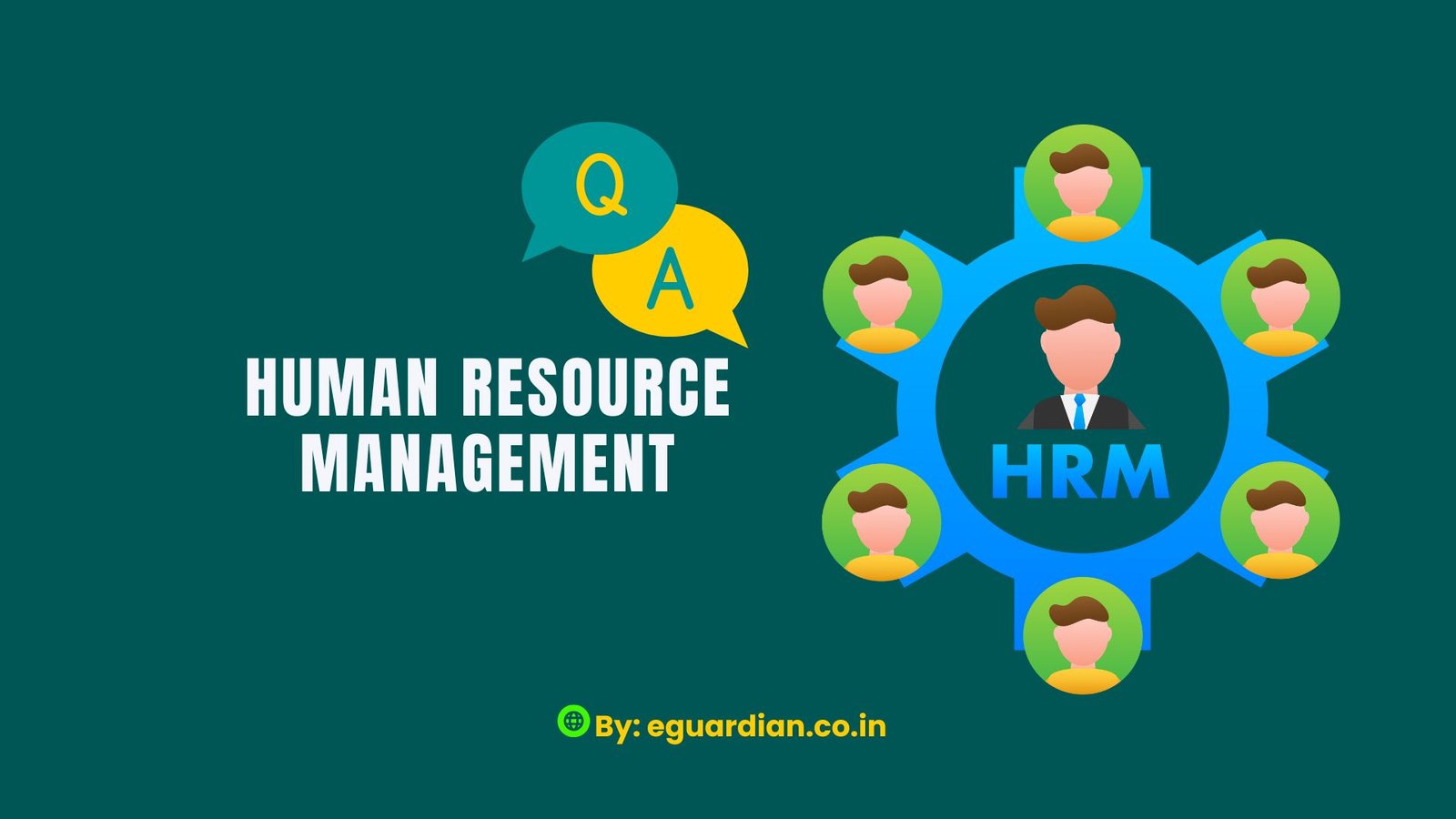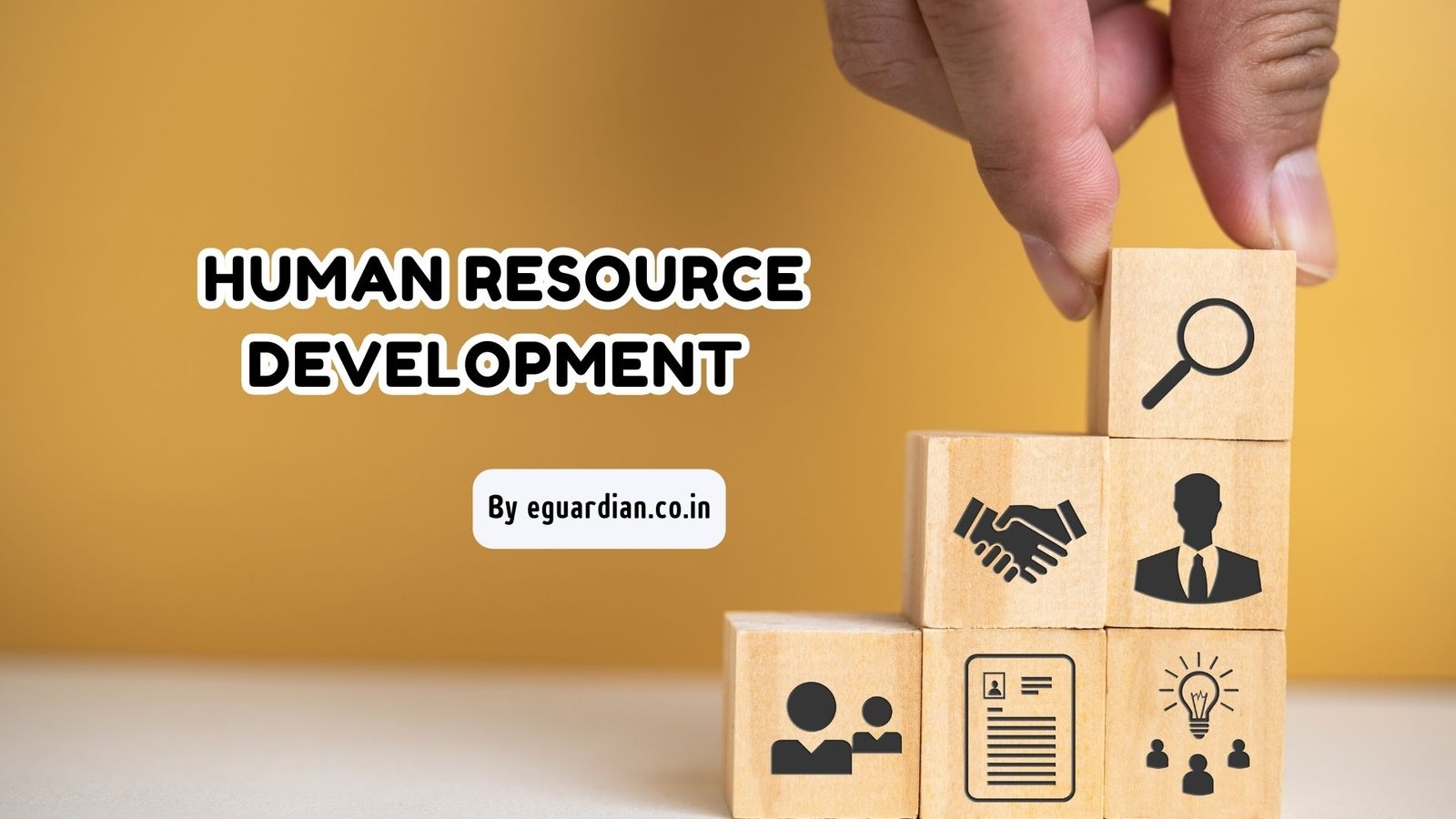Looking for a comprehensive and convenient resource to test your knowledge in human resource management? Look no further! Our multiple choice questions and answers doc is the ultimate tool for HR professionals, students, and anyone interested in gaining a deeper understanding of HR practices.

Human resource management multiple choice questions and answers doc
1. Personnel Management is proactive while Human Resources Management is reactive
Ans. False
2. Trade unions influence the HRM policies of a company
Ans. False
3. PM practices support business results better than HRM practices
Ans. False
4. Career planning and employee growth is an initiative of the HRM philosophy
Ans. True
5. A grievance management system is a common HRM function.
Ans. False
6. According to ___, ‘the human factor’ refers to a whole consisting of inter-related, interdependent and inter-acting physiological, psychological, sociological and ethical components.
Ans. Jucius,
7. The ___ elements in managing employees are more challenging as compared to the physiological ones.
Ans. psychological,
8. Psychologically, it is characterised by ___ and ___.
Ans. Emotions and impulses,
9. Majority of the problems in organizational setting are ___ and ___ rather than physical, technical or economic.
Ans. Human and social,
10. Conflicts in perception w.r.t. ___ also impact employee behaviour at work.
Ans. Ethics
11. Leadership practices and work-group pressures profoundly influence employee___.
Ans. Satisfaction and performance,
12. Any factor influencing employee behaviour is embedded in a ___. For instance, to understand the impact of pay on performance, you also have to understand the ___ that exists in the work group and the ___ of the superior.
Ans. Social system, climate, leadership style,
13. The origin and progress of the human relations movement (particularly in the U.S.A.) have been due to certain ___ working there, such as Recognition of the dignity of the individual and his personality.
Ans. Social and cultural forces,
14. In management awareness training, managers are made more ___ (such as thinking of all engineers are male) and in ___.
Ans. Sensitive to their attitudes, changing their attitudes
15. ___ is a process that brings employees into contact with and causes them to be influenced by their leaders, their jobs, and other aspects of the organizations which they work.
Ans. Human Relations Management,
16. The decline in popularity of the term “human relations” stems in part from the frustrations experienced by managers of the fifties and sixties who attempted to use a human relations concept which was un-realistically limited to ___.
Ans. people-people relationships,
17. In the broadest sense, human relations refer to the ___ of people in all walks of life-in schools, homes, business and government.
Ans. Interaction
18. Human relations seek to emphasise ‘___’ aspects of work rather than technical or economic aspects.
Ans. Employee
19. Every person brings a unique set of talents, ambitions and work experience to a job. Innovations in technology and production methods generally require the restructuring of ___.
Ans. Job roles and responsibilities
20. ___ may not be able to perform their roles or tasks in work groups in a competent manner.
Ans. Inexperienced employees
21. ___ help determines the correct processes for setting goals and measuring achievements.
Ans. Performance management systems
22. In India diversity is a concern because we are very conservative and a closed society
Ans. False,
23. India is gaining importance because of the quality as well as the cheap cost of living
Ans. True,
24. Our legal framework is very advanced, allowing for foreign companies to work easily in India
Ans. False
25. Grievance management systems is a common HRM function
Ans. True
26. Kautilya provides a systematic treatment of management of human resources as early as 4th century B.C. in his treatise titled ___
Ans. Artha- Shastra,
27. From the 14th century B.C. to the latter half of the 10th century A.D., the relationships between the employer and employees were marked by___.
Ans. By justice and equity
28. In “Varnashram” or caste system, those devoting themselves in manual work were known as…………
Ans. Shudras,
29. During early British rule, there prevailed a ___ policy towards the business.
Ans. Laissez-faire,
30. The Madras Labour Union was organized in ___.
Ans. 1918
31. The culture is highly ___ in character.
Ans. Authoritarian,
32. For lack of ___, the workers cannot and do not have any say in their jobs or working conditions.
Ans. Job-opportunities,
33. ___ here means not only the efficient sending and receiving of messages but also includes sensitivity to the understanding of feelings, attitudes and cognitions of the subordinate.
Ans. Communication,
34. It was the advent of the Information Technology era in India that brought with it the ___ practices.
Ans. Western management,
35. There was exponential growth in employment both ___ as well as ___.
Ans. Directly, indirectly
36. Through planning, management strives to have the right number and the right kind of people at the right places, at the right time, to do things which result in both the ___ receiving the maximum long-range.
Ans. Organization and the individual,
37. Anticipating manpower problems by projecting present resources into the future and comparing them with the forecast of requirements to determine their adequacy, both ___.
Ans. Quantitatively and qualitatively,
38. Manpower planning consists in ___ and developing manpower plans for the implementation of the projections.
Ans. Projecting future manpower requirements.
39. Human Resource Planning is essential because of frequent ___ which is unavoidable and even beneficial
Ans. Labour turnover,
40. Manpower Planning is required in order to meet the needs of expansion programmes which become necessary because of the increase in the demand for goods and services ___, a rising standard of living
Ans. By a growing population,
41. Manpower planning is also needed in order to identify areas of ___ personnel or areas in which there is a ___ of personnel.
Ans. Surplus, shortage.
42. Match the following
i. It is generally done by the Government a) At the industry level,
and covers items like population projections,
programme of economic development,
educational facilities, occupational distribution,
and growth, industrial and – geographical
mobility of personnel.
ii. It may be done by the Government – Central or State b) At the sector level
– and may cover manpower needs of agricultural,
industrial and service sector.
iii. It may cover manpower forecast for specific industries, c) At the level of the
such as engineering, heavy industries, consumer goods individual unit
industries, public utility industries, etc.
iv. It may relate to its manpower needs for various d) At the national level
departments and for various types of personnel.
Ans. i-d, ii-b, iii-a, iv-c
43. ___ provides the basic premises on which the manpower planning is built.
Ans. Forecasting,
44. An expansion following enlargement and growth in business involves the use of additional machinery and personnel, and a re-allocation of facilities, all of which call for ___ of human resources.
Ans. Advance planning,
45. A ___ contains data about each employee’s skills, abilities, work preferences and other items of information which indicate his overall value to the company.
Ans. Skills inventory.
The responsibility for sound HRP is…
46. To ___ the operating management to plan and establish objectives;
Ans. Assist, counsel and pressurise,
47. To ___ in total organizational terms and to ensure consistency with long-range objectives and other elements of the total business-plan;
Ans. Collect and summarise data,
48. To ___ against the plan and keep the top management informed about it;
Ans. Monitor and measure performance,
49. To ___ for effective manpower and organizational planning.
Ans. Provide the research necessary
50. Recruitment of manpower selection process is the first step in the employment of___.
Ans. talent,
51. Since workers were drawn from the ___, in the early days of industrial evolution in India, factories found much difficulty in recruiting the necessary talent.
Ans. rural population,
52. Matching the job with a suitable applicant is naturally, a ___.
Ans. two-way process
53. Match the following:
i. The size of the a. community where the organization is located;
ii. the employment conditions in the b. the organization’s ability to locate and keep good per-forming people;
iii. the effects of past recruiting efforts c. legal factors
which show the
iv. working conditions and salary and d. necessitate future recruiting;
benefit packages offered by the
v. the rate of growth of e. organization – which may influence turnover
vi. the level of the seasonality of f. organization;
operations and
vii. cultural, economic and g. future expansion and production programmes;
Ans.
i. The size of the organization;
ii. The employment conditions in the community where the organization is located;
iii. The effects of past recruiting efforts which show the organization’s ability to locate and keep good performing people;
iv. Working conditions and salary and benefits packages offered by the organization — which may influence turnover and necessitate future recruiting;
v. The rate of growth of the organization;
vi. The level of the seasonality of operations and future expansion and production programmes;
vii. Cultural, economic and legal factors
54. In most instances, the jobs are posted on___, though some carry listings in the company newspapers.
Ans. Notice boards
55. Friends and relatives of present employees are also a good source from which employees may be drawn, this is done through ___.
Ans. Employee referrals
56. ___ are firms that are looked upon as ‘head hunters’, ‘raiders’ and ‘pirates’ by organizations which lose human resources through their efforts.
Ans. Executive search firms
57. ___ is the hiring of relatives which will be an inevitable component of recruitment programmes in family-owned firms.
Ans. Nepotism
58. The selection procedure is essentially a series of methods of securing pertinent information about the ___.
Ans. Applicant,
59. The real purpose of recruitment is not to fill up a vacancy but to add a person to the staff whom the management expects to become important in the ___ of things.
Ans. future scheme,
60. Sources for recruiting should be periodically ___.
Ans. evaluated,
61. Recruiting should take into consideration ethical practices, such as the use of ___
Ans. “Truth in hiring”
62. All public sector enterprises are required to consider candidates sponsored by the ___.
Ans. Employment Exchanges,
63. Executives too are mostly ___ from within.
Ans. promoted,
64. ___, in other words, the local population in the matter of employment within the local area has, of late, assumed a complex character.
Ans. “Sons of the Soil”
65. In the Indian organization where ___are one of the most popular methods for selection
Ans. Interviews
66. An ___ is a traditional, widely accepted device for getting information from a prospective applicant
Ans. Application blank
67. ___ is probably the most widely used single method of selection.
Ans. Interviewing
68. ___ are deliberate attempts to create pressure to observe how an applicant performs under stress.
Ans. Stress interviews
69. ___ cover the complete life history of the applicant.
Ans. Depth interviews
70. ___ is a combination of direct and indirect questioning of the applicant?
Ans. Patterned interviews,
71. ___ indicates any process by which the aptitudes, skills and abilities of employees to perform specific jobs are increased
Ans. Training,
72. The concern is for the organization’s variability, that it is should adapt itself to a ___.
Ans. Changing the environment,
73. Broadly speaking, training is the act of increasing the knowledge and skill of an employee for doing a ___.
Ans. Particular job
74. According to Douglas McGregor, there are three different purposes of learning ___, ___, ___.
Ans. Acquiring Intellectual Knowledge, Acquiring Manual Skills, Acquiring Problem-Solving Skills,
75. A new employee may require knowledge about ___
Ans. Company policy


